I found this great article at Slate.com about the History of Fashion Shows.
I am really trying to find out how tall the first Miss America's were, and if they were really up to the standard height of today's Miss America. Or if they were a few inches shorter.
William Leach writes in Land of Desire, his excellent study of the rise of capitalism, that in 1903, a New York City specialty store called Ehrich Brothers put on what was likely this country's first fashion show, in an effort to lure middle-class female customers into the store. By 1910, many big department stores, including Wanamaker's in Philadelphia and New York, were holding shows of their own. (American retailers had likely witnessed what were called "fashion parades" in Paris couture salons and decided to import the idea.) The events were an effective way to promote merchandise, and they improved a store's status in the eyes of its clientele: Showing couture gowns bought in Paris, or, more frequently, the store's own copies or adaptations of these garments was evidence of connoisseurship and good taste. The irony, of course, was that the stores emphasized the exclusivity of French couture, even as they made it—or some approximation thereof—available to a mass-market audience.
By the 1920s, the fashion show had gone mainstream. Retailers throughout the country staged shows, often in a store's restaurant during lunch or teatime. These early shows were often more theatrical than those of today. They were frequently organized around themes—there were Parisian, Persian, Chinese, Russian, and Mexican shows, Leach notes—and often presented with narrative commentary. Wanamaker's 1908 show, Leach writes, was a tableau vivant styled to resemble the court of Napoleon and Josephine, and the models were escorted by a child done up as one of Napoleon's pages.
The department-store shows were wildly popular, drawing crowds in the thousands. According to Leach, the throngs were so disruptive to city life that merchants in New York City and elsewhere were eventually required to obtain a license for shows using live models. In New York, police threatened to put an end to the shows altogether. Indeed, the phenomenon became so widespread that in 1950 Fairchild published a book titled How To Give a Fashion Show, which begins with an appeal to the executive assistant: "Have you ever been called into the boss's office at the end of a hectic day to be greeted with, 'Miss Gordon, I've been going over the figures of the ready-to-wear division today, and I've decided that what we need to pep them up is a fashion show. I'd like you to go to work on one immediately'?" And in 1954, Edna Woodman Chase—former editor of Vogue and organizer of the 1914 "Fashion Fete," an event to benefit the war-relief effort that is often (apocryphally) called the first fashion show—complained in her memoir about the ubiquity of the phenomenon: "Now that fashion shows have become a way of life … a lady is hard put to it to lunch, or sip a cocktail, in any smart hotel or store front from New York to Dallas to San Francisco without having lissome young things … swaying down a runway six inches above her nose."
Wednesday, June 25, 2008
Subscribe to:
Post Comments (Atom)







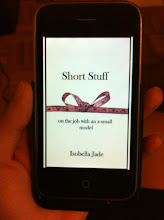



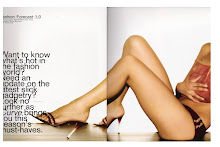+copy.jpg)

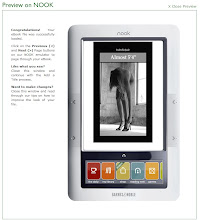


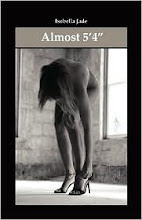
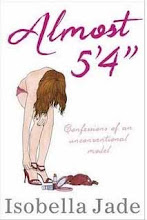


No comments:
Post a Comment